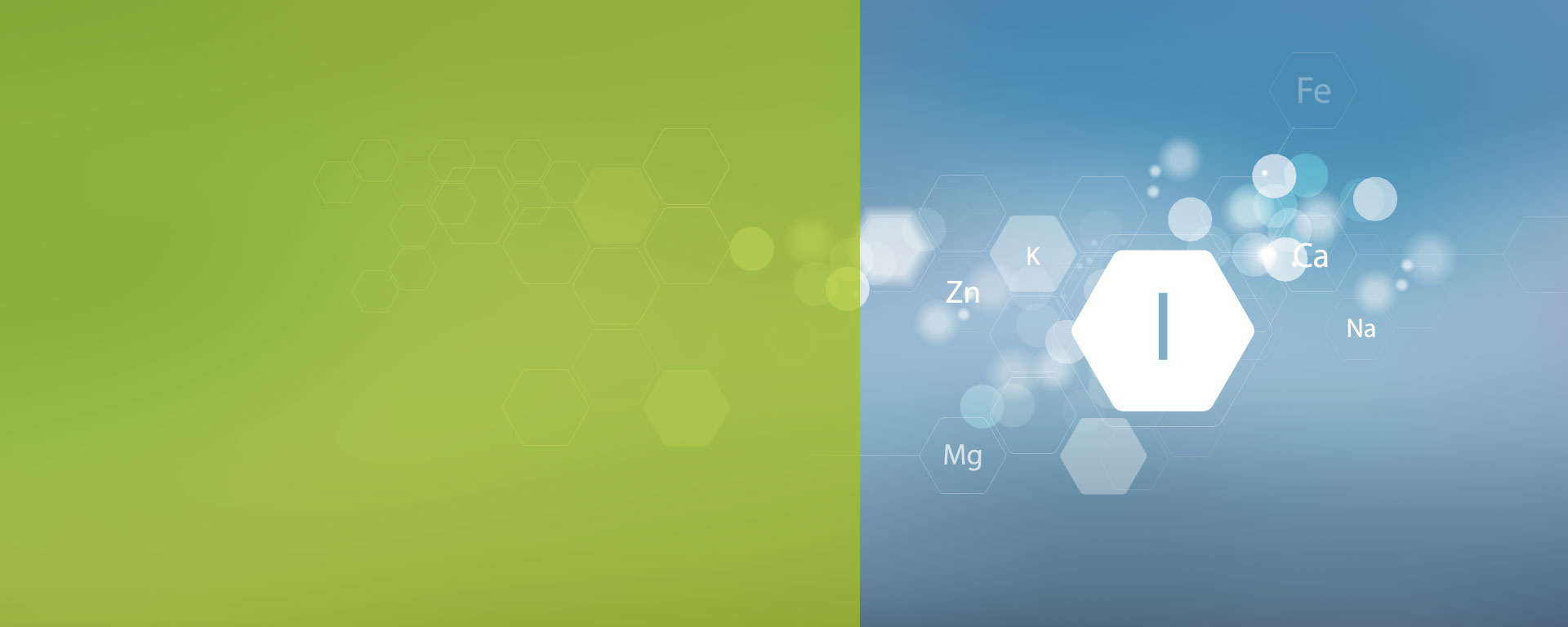We are making a significant contribution towards promoting sustainability in line with the principles of a circular economy.
SAVA’s business location
The whole picture – with just a single click. Find out more about our business location, what services it offers and how to contact us.
The REMONDIS Group’s business locations
Discover the world of REMONDIS with its approx. 800 branches and associated companies in more than 30 countries across Europe, Africa, Asia and Australia.
Innovation: Recovering iodine from hazardous waste
High temperature incinerators – also known as hazardous waste incineration plants – are an environmentally compatible way to destroy the dangerous substances contained in waste. At the moment, though, very few recyclable materials (such as scrap steel) are able to be recovered during this process so that they can be reused. The German Circular Economy Law [KrWG], however, calls for as many substances as possible to be recovered and returned to market. For this to happen, there must be suitable systems in place that are able to separate and recover recyclables during the incineration process instead of destroying them. We have developed a process to recover iodine at our plant – one of the most modern and environmentally friendly facilities around for treating and disposing of hazardous waste.
Iodine is an important trace element found in food and animal feed as well as in disinfectants and contrast media; it is also used by the chemical industry in synthesis processes.
The challenge faced by the circular economy
The goal of the circular economy is to separate individual elements from waste and then process them so that they can be returned to production cycles. Hazardous waste, however, is often sent to high temperature incinerators for thermal treatment so that it can be disposed of in an environmentally compatible way. Iodine can be found in this waste in a variety of compounds and ends up in the filter dust as part of this process. Up to now, this material has been sent to permanent underground disposal facilities, which means that its iodine contents can no longer be accessed, recovered and reused.
Recovering iodine
Natural supplies of many elements are gradually being depleted and it is becoming ever more difficult to extract and mine them. One visionary way to get hold of such vulnerable substances is to recover them from our waste. Such processes must be efficient, cost effective and be operated using renewable energy. This is precisely what our facility does, which means that we recover “green” iodine.
REMONDIS SAVA has developed a process to recover iodine from waste in collaboration with REC53 GmbH in Marbach am Neckar. The waste that contains iodine is thermally treated in our rotary kiln as usual. The iodine is then separated and removed from the flue gas further downstream. Thanks to this system, we have been able to demonstrate that it is possible to separate and remove vulnerable elements while waste is being incinerated. Our iodine recovery facility uses an emission-free, low-energy process that produces no wastewater, helping to cut CO2 emissions.
Recovering iodine during thermal treatment

The waste that contains iodine is incinerated together with the iodine-free waste. It is then standard practice for the flue gas to undergo the various stages of the plant’s flue gas cleaning system. The iodine is dissolved in the acid scrubber together with the other halogens that can be found in much greater quantities. Following this, the iodine is extracted from the so-called raw acid in our recovery facility before being concentrated and stored as an aqueous solution in a product storage tank. The iodine concentrate is then delivered to the chemical industry as a raw material.
We added this new process – recovering iodine from waste – to our portfolio in the spring of 2023. We are able to recover up to 50 tonnes of iodine a year.
The main advantages of our iodine recovery process
Recovery of small concentrations
Recovering iodine from waste for reuse. Also very low concentrations below 1 %.
Confirmation of the recovered volumes
If requested, we can also provide written confirmation of the volumes recovered from our clients’ waste, which can then be included in their annual environmental report.
Returning the iodine to market
It is our goal to return up to 50 tonnes of iodine to production cycles every year.



